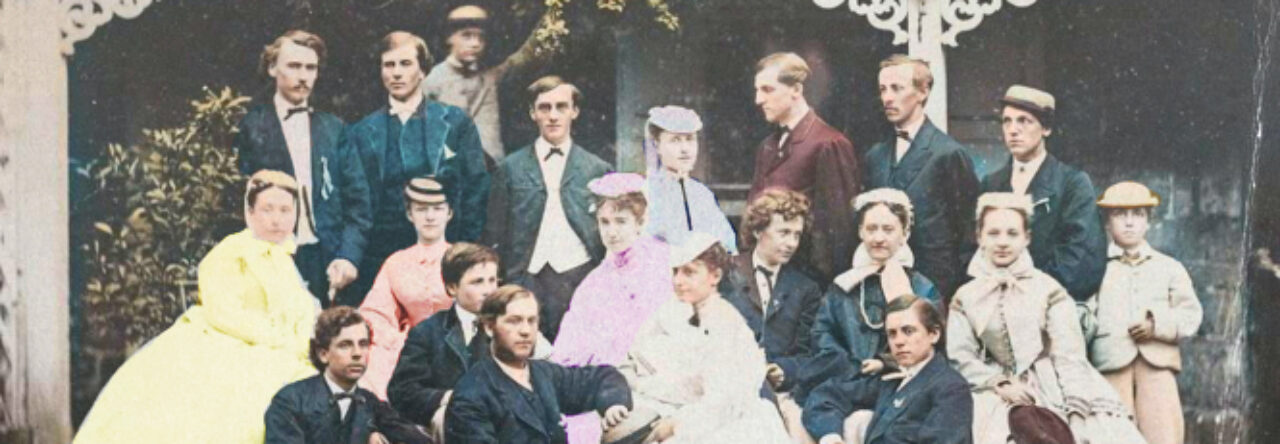This semester in History 204 each student will be assigned a graduating class from Dickinson College during the period from 1840 to 1880. Seminar participants will then spend much of the rest of the semester learning more about these students, their friends and families, and the larger context of their times, as they work toward building out a multi-media online teaching exhibit that illustrates historical thinking skills and builds from one of the stories connected to their student subjects.
The process begins with assignment day on September 26, 2017. On that day, seminar participants will randomly select their assigned class and will receive a copy of the pages from the Alumni Record: Dickinson College (1905) edited by George Leffingwell Reed, relevant to their students. These pages will include short biographical snippets about both graduates and non-graduates, usually between about two to four dozen nineteenth-century young men in total. You can view summaries of these class lists online:
Seminar participants will then be required to examine different types of historical sources in order to find out information that might be useful in crafting historically inspired insights about those students. They will describe this initial research effort in a series of three research journal posts uploaded to the course website.
In addition to the specific sources required for each research journal entry, the following are some helpful online resources for this work:
- Charles Coleman Sellers, Dickinson College: A History (1973)
- Dickinson College Encyclopedia
- Dickinson College History (Archives Guide)
- Dickinson Timeline: 1801-1850
- Dickinson Timeline: 1851-1900
- Digital Museum Timeline
Models from the 2016 course can be found here.
Some past models from other courses can be found here:
- Spencer Fullerton Baird: Born Naturalist / Class of 1840 (Becca Solnit)
- Tiphen Allen Online Journal (1853-54) (Osborne History 204, Spring 2004)
- Charles Francis Himes (Class of 1855) (Robert Reeves and others)
- Horatio Collins King (Class of 1858) (Laura Dettloff)
- Digital Microcosm (From 1868) (Leah Miller)
Finally, seminar participants will build upon their previous research and writing work to create a multi-media exhibit designed for public presentation that might help bring to life some aspect of their assigned Dickinson class for a typical American high school or undergraduate classroom. The goal of this project, however, is not only to engage student audiences, but also to promote high level historical thinking skills. So seminar participants should aim for finding an angle or perspective that yields rich, thought-provoking results. In this way, the multi-media exhibits might pursue many different possibilities, from a tight focus on a single individual in the class to a broader story about some important event or trend from the years when the students were in Carlisle. The purpose of the exhibit, in other words, is not to relate the full story of the assigned Dickinson class, but rather to find one compelling story inspired by the earlier research and writing efforts into that class and then to build it into something with much broader application.
